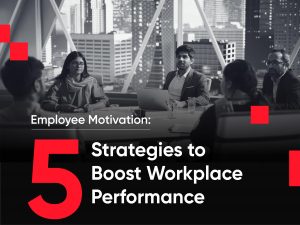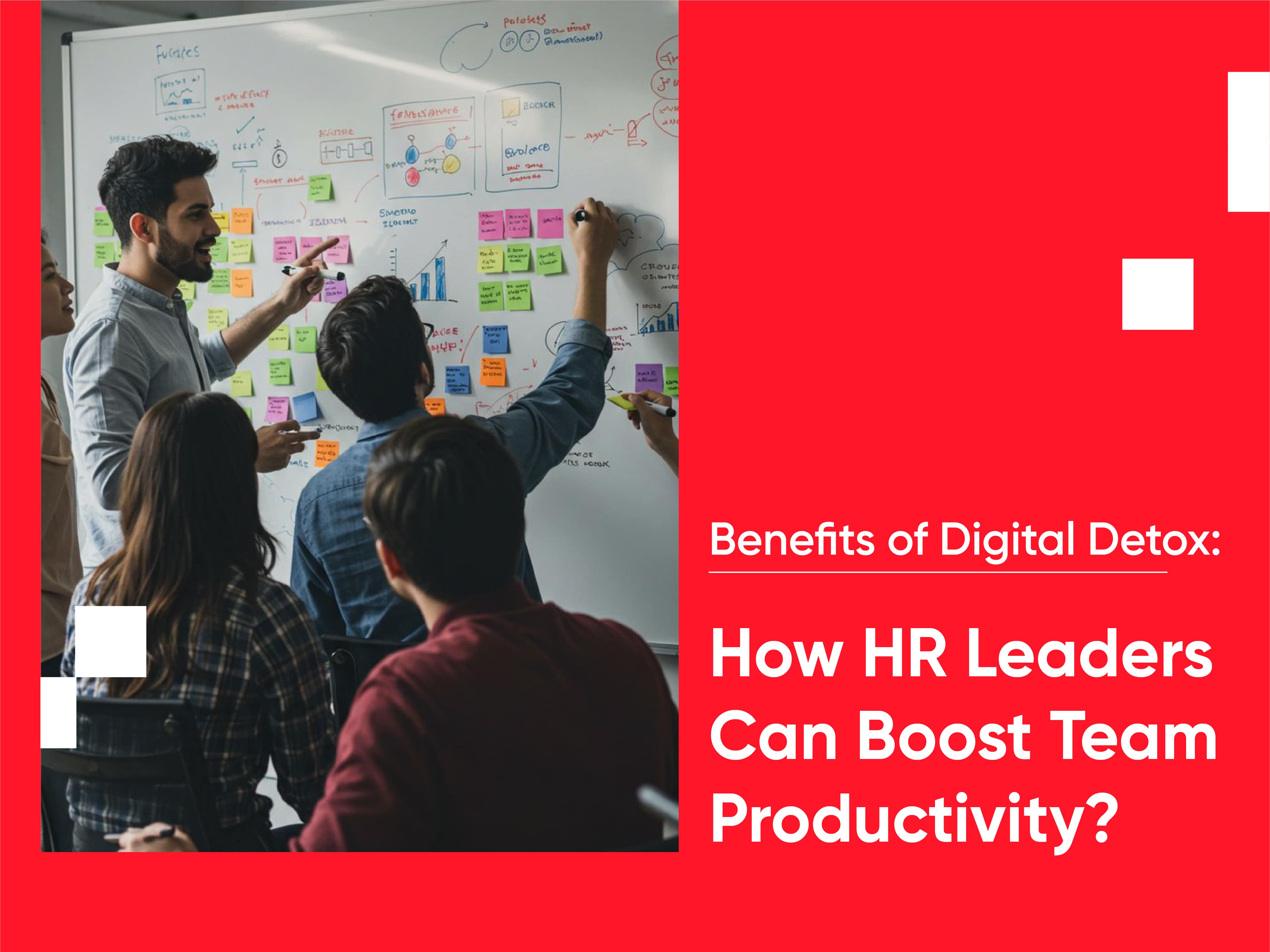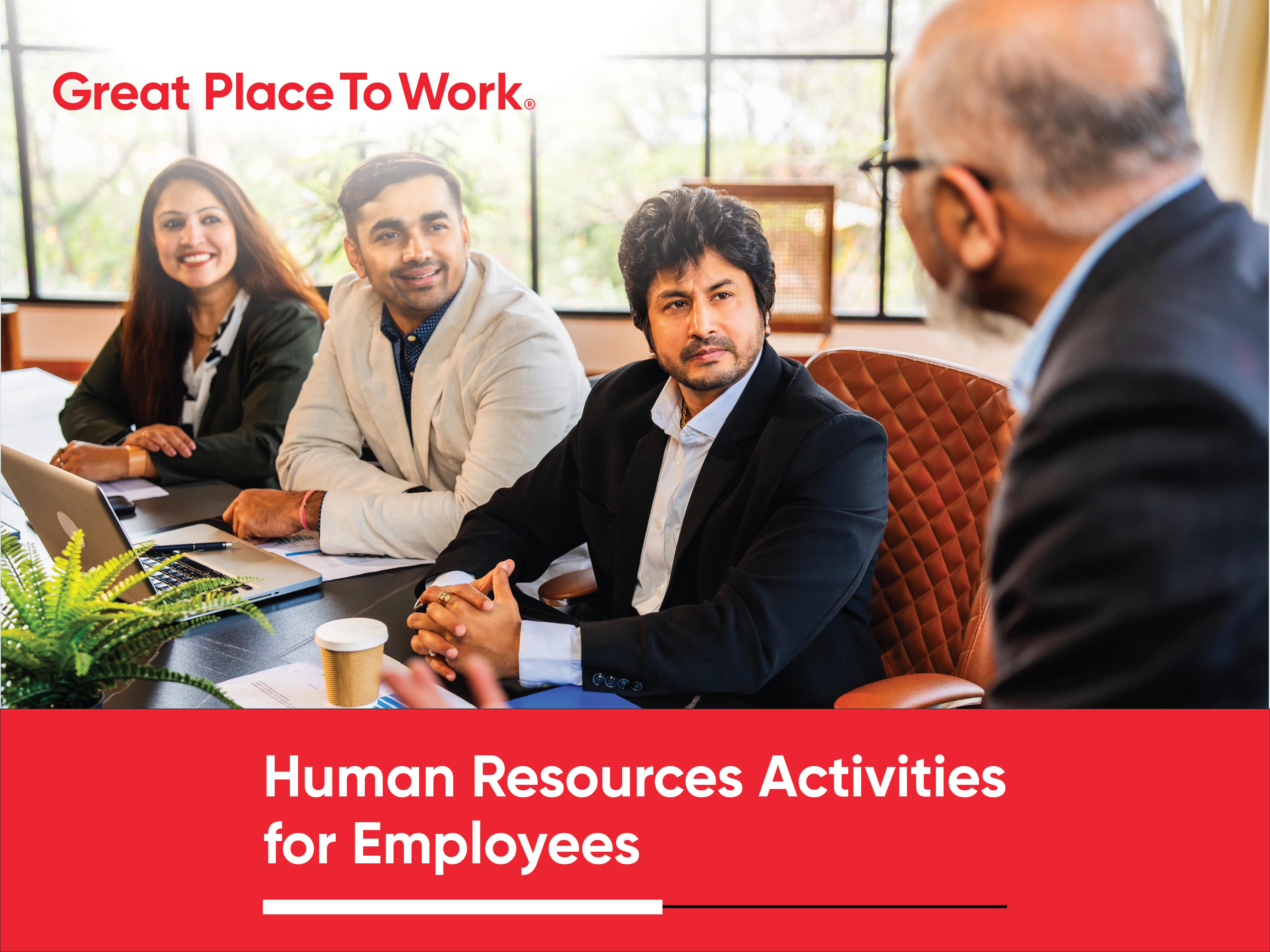Reading Time: 4 minutes
Employee well-being has evolved from a mere buzzword to a crucial business strategic imperative. It demands consistent attention and enhancement. Although the Workplace Wellness Index surged significantly the previous year, perceptions in 2023 slightly declined by 2 points. This underscores organizations’ collective responsibility to actively foster employee well-being and ensure a healthy workplace environment for all.

This blog will delve into emerging trends, key drivers, and areas of improvement across various domains. It will also explore effective strategies drawn from leading workplaces that promote employee well-being, offering valuable insights for organizational enhancement.
A deep dive into well-being culture experience across industries
The Construction, Infrastructure, and real Estate industry stands out as a frontrunner in workplace wellness. It leads the graph, closely trailed by the retail sector.
However, despite the overall positive trend, 2023 witnessed a decline in workplace wellness scores, particularly in certain areas.

With the decline in workplace wellness scores in 2023, maximum dip has been observed in the below areas.
- Mental Health Support
- Professional Growth and Development
- Effective Management and Engagement
These detractors demonstrate a clear need for leaders to address mental health concerns, professional development needs and employee engagement concerns at the workplace.
Navigating through the see-saw of burnout and wellbeing
Maintaining the delicate balance between burnout and well-being is crucial in fostering a healthy workplace environment. In 2023, there was a noticeable decline of 2 points in Workplace Wellness perceptions, accompanied by a troubling increase of 3 points in reported burnout experiences.
A significant divergence is evident in burnout rates when comparing workplaces. While only 16% of employees in the Top 25% of Workplaces report high burnout, a troubling 40% of employees in the Bottom 25% indicate experiencing high burnout levels.

Employees who do not experience burnout exhibit behaviors that contribute positively to organizational success. They are twice as likely to express long-term commitment to their organization, demonstrate extra effort to accomplish tasks, readily adapt to necessary changes, and view their workplace favorably.
Leaders must cultivate a culture of well-being throughout the organization. Although leaders and managers consistently perceive their workplace wellness positively, non-managerial employees report lower perceptions. The decline in scores for non-managerial employees from 83% to 81% in 2023 underscores the urgent need for leaders to prioritize and lead wellbeing initiatives. Leaders have a valuable opportunity to improve the overall employee experience by demonstrating a genuine commitment to well-being, openly sharing their own well-being journeys, and ensuring that actions align with organizational values.
Mental Health
One in every four employees finds it challenging to voice concerns about stress, burnout, anxiety, or depression in their workplace without fearing judgment. Despite organizations implementing mental health benefits such as counseling services, mental health webinars, and wellness leave policies, the underutilization of these resources underscores the necessity for improving accessibility and ease of use.
There’s a clear need for a structured framework that supports employees willing to open up about their struggles. This framework can facilitate a more supportive environment where employees feel comfortable seeking help and utilizing available resources to effectively address their mental health needs.
Physical Health & Fitness
While 78% of organizations offer facilities for doctor consultations, only 38% extend policies or benefits related to physical health training. This glaring discrepancy underscores the urgent need for intervention in workplace preventive healthcare measures. Organizations must shift from sporadic health workshops to implementing a comprehensive and systematic health and wellbeing framework.
An exemplary model is demonstrated by Acquia India Pvt. Ltd., which provides a holistic and flexible health insurance benefit package. Each employee can choose coverage options that align with their individual needs, with the entire cost covered by the organization. Moreover, parental coverage is included by default in all policies. Beyond standard coverage, the policies cover inpatient (IPD) and outpatient (OPD) expenses, IVF treatment, and psychiatric ailments, among other benefits. This approach prioritizes employee health and demonstrates a commitment to comprehensive well-being support.
Social Health
83% of employees express a positive sense of community within their workplace. Interestingly, data indicates that the perception of workplace community tends to increase with age, with younger workers reporting the lowest sense of community while those aged 55 or older report the highest.
Accenture Solutions Pvt. Ltd. fosters a strong sense of community through its Passion Clubs initiative. These clubs allow employees to join communities of like-minded individuals who share similar interests and hobbies. This initiative strengthens interpersonal bonds and enriches the workplace environment, contributing to overall employee satisfaction and well-being.
Fulfillment and Career Progression
Employees’ pride in their workplace positively impacts their self-esteem and contributions to the organization’s growth. However, leaders must prioritize supporting employees in their career progression planning, training and development and fostering a culture of shared decision-making.

TVS Credit Services Limited’s ISHA – Inner Engineering program has been instrumental in equipping participants with a profound understanding of their minds and bodies. This empowers them to effectively manage stress, enhance productivity, and cultivate stronger workplace relationships. With a focus on mindfulness and self-awareness, the program resonates deeply with participants, significantly improving overall well-being. Key benefits observed include heightened energy levels, improved sleep quality, emotional balance, stress reduction, and the prevention or reversal of chronic ailments. As workplaces evolve, prioritizing employee well-being has become paramount for organizational success. From addressing mental health challenges to fostering a sense of community and supporting career progression, organizations must invest in comprehensive strategies that nurture holistic employee wellness. Visit us here to learn more.











